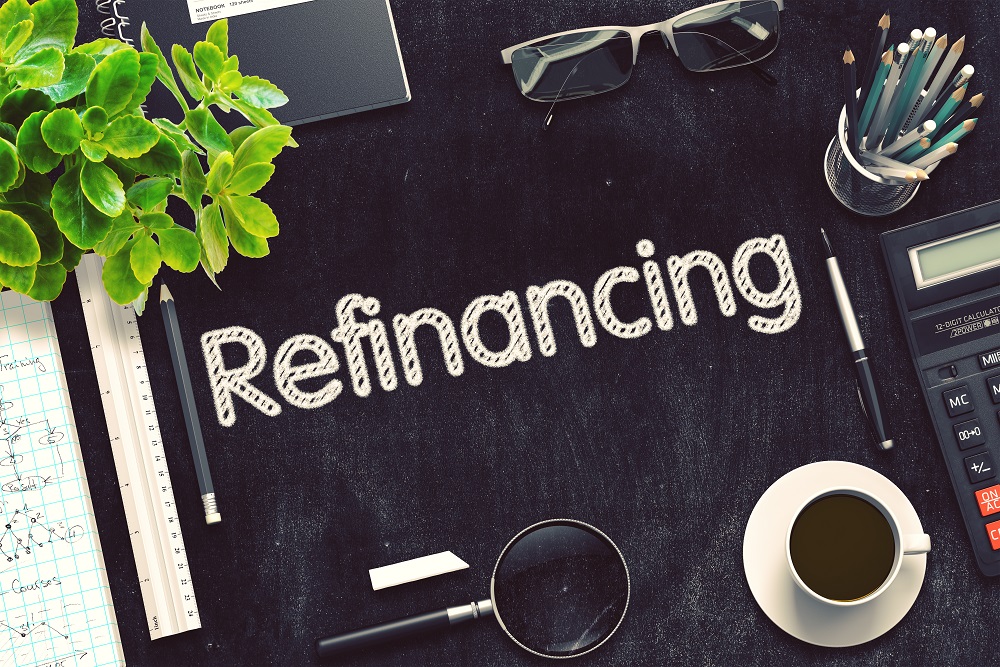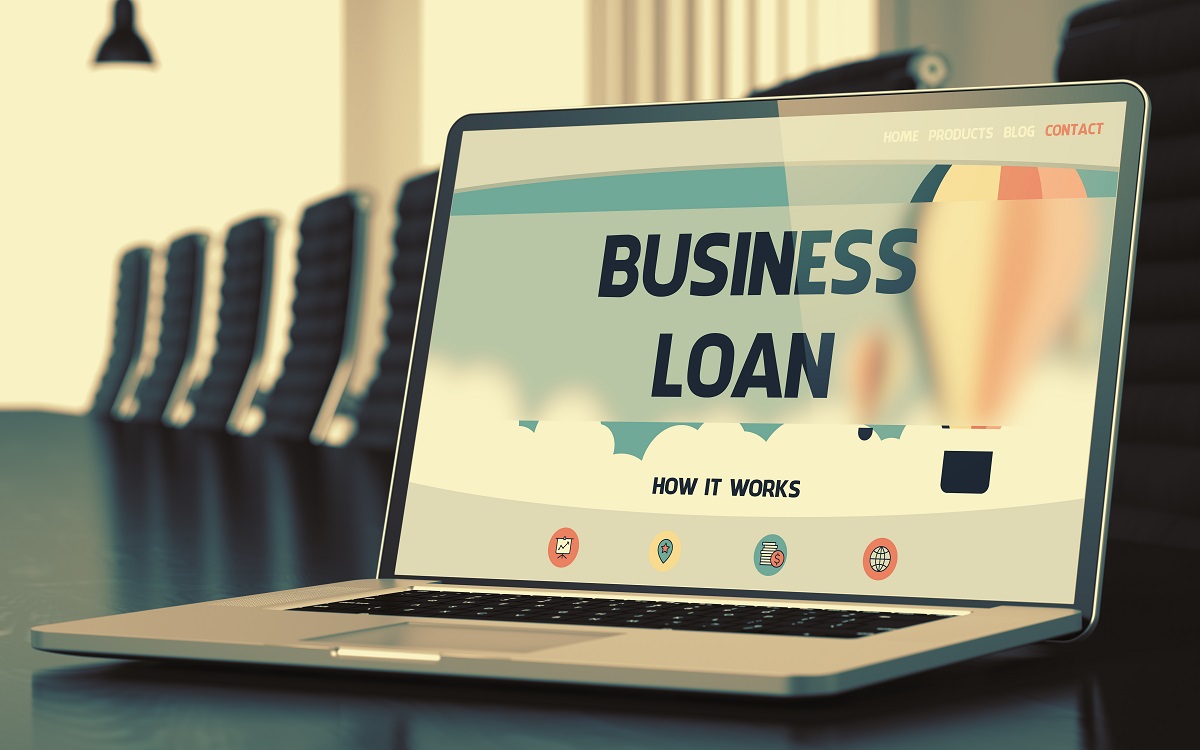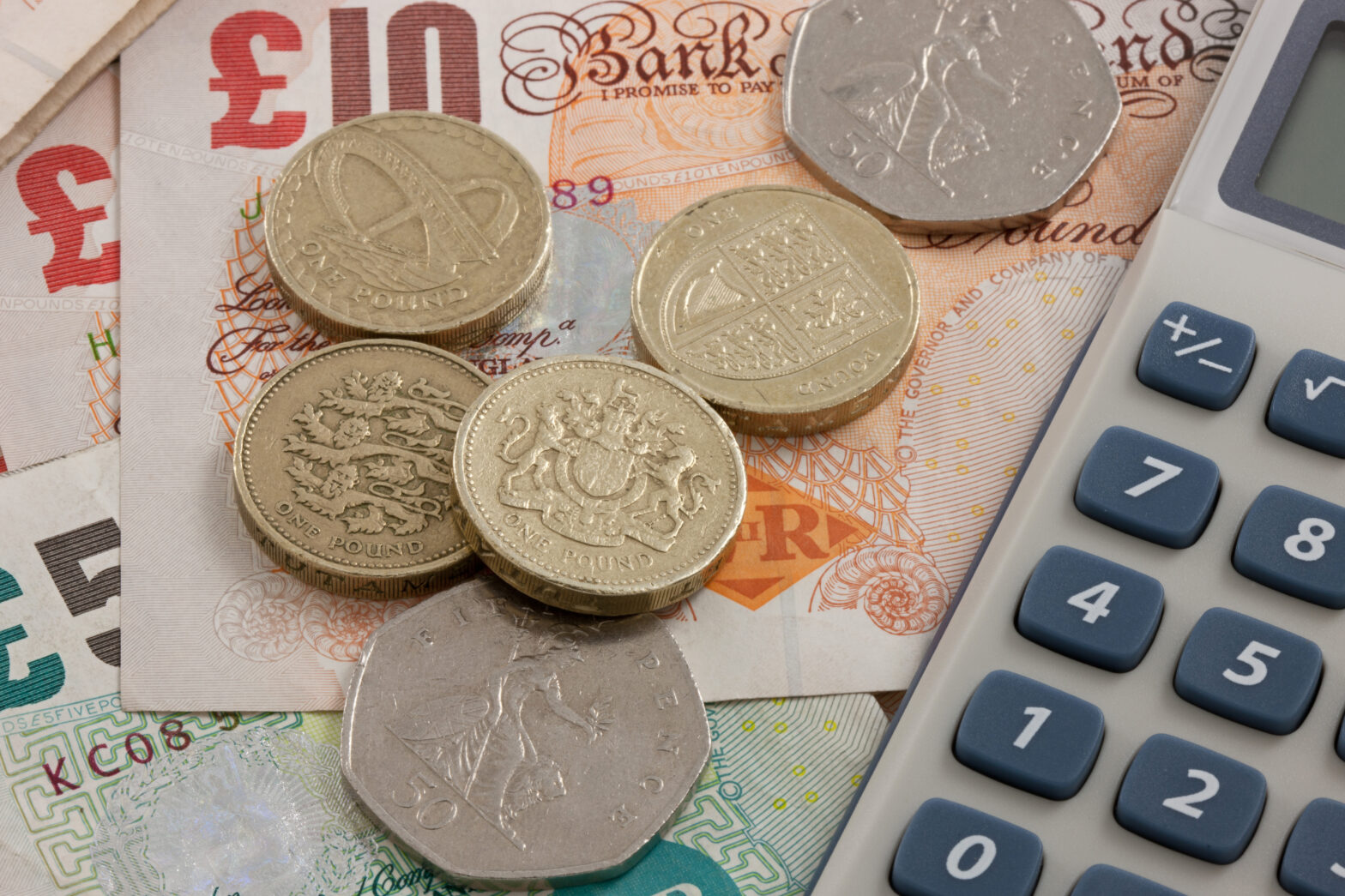On August 4 2021 an article published in the Financial Times reported that as much as £5bn worth of government-backed Covid loans could go unpaid, as business continue to face disruption following the lockdown.
The Coronavirus Business Interruption Loan Scheme (CBILS) provided a lifeline for UK businesses across different sectors of the economy. By the time it ended in March, £23.28bn had been provided through 98,344 facilities.
The government covered the initial 12 months of interest payments for CBILS, and this helped take the pressure off businesses – for the short term, at least.
But the time has come for many businesses to start their repayments.
Understandably, some business owners are concerned about having enough cash flow to meet the repayments and others are looking for ways to reduce costs.
If your business took out a CBILS facility or another type of loan to get through the impact of Covid, you might be able to reduce your repayment costs by refinancing to the Recovery Loan Scheme (RLS).
Refinancing debt to the Recovery Loan Scheme – how it works
Due to the 12-month interest/payment free period, your CBILS repayment profile is shortened. Essentially, this means that your business borrowed finance over five years and has to pay it back in four.
As a result, the repayments are significantly higher.
In refinancing your CBILS facility to RLS, your business can move the debt to a longer payment term with reduced monthly repayments – even if the interest rate is higher.
If the interest rate is higher, you’ll end up having paid more by the end of the loan term, but the monthly payments are lower, making it easier to manage your cash flow.
Maintaining a strong cash flow position makes things like paying staff and purchasing stock easier, allowing you to focus on the recovery and growth of your business.
According to the British Business Bank, the government owned institution that provides accreditation for RLS lenders:
“Businesses can, in certain circumstances, use an RLS facility to refinance existing debt where total financing needs (including any increase) are greater than the minimum facility sizes available under the Scheme.
For example, where a business is seeking to put itself on a more stable financial footing and/or improve its working capital position, then, in principle, an RLS facility could be provided, providing the business fulfils the Scheme eligibility criteria.”
Depending on your eligibility, you can refinance your debt with or without increasing the original amount you borrowed.
As with CBILS, RLS finance can be used for any legitimate business purpose by businesses that have been affected by coronavirus. This includes managing cash flow and investing in new assets for growth.
Unlike the CBILS, businesses of any size can apply.
Businesses can borrow £1,000 to £10m in the form of invoice finance or asset finance and £25,001 to £10m in term loans and overdrafts. Overdrafts and invoice finance are for three years and term loans and asset finance are for six years.
Remember: your business is required to meet the costs of interest payments and any fees associated with the facility from the beginning.
Read more
Recovery Loan Scheme 2021 full update – where do I apply for my loan?








